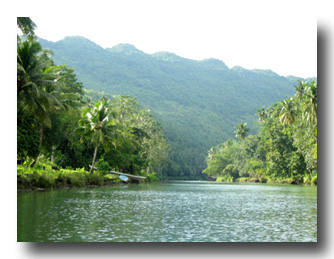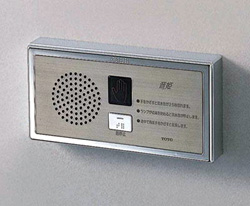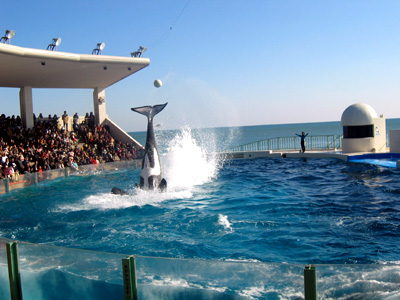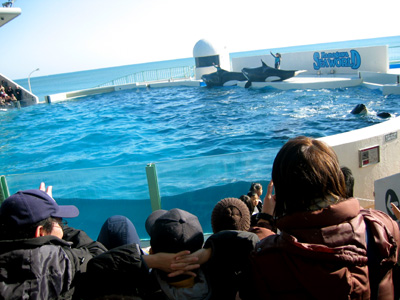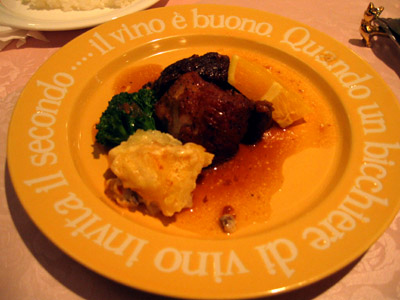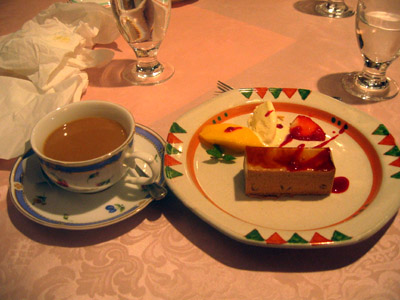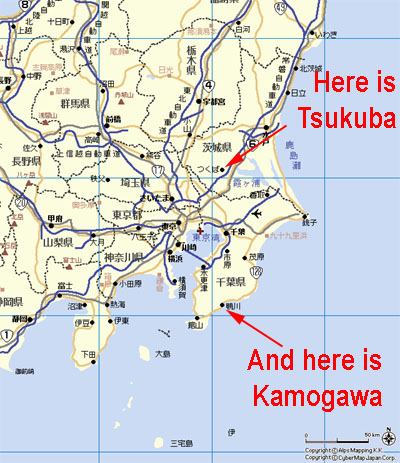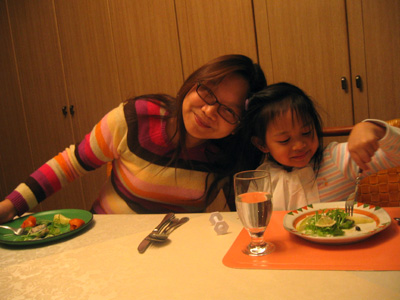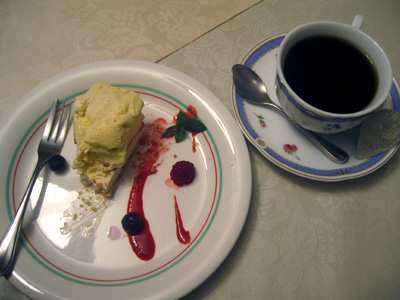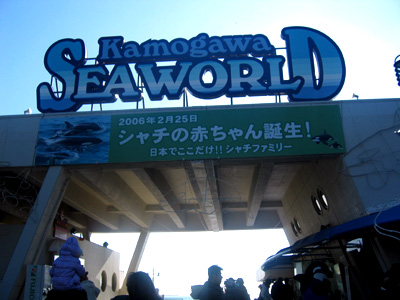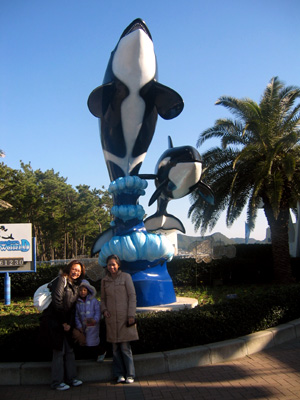Aya loves to sing. She learned her very first songs from us – Bahay Kubo, Leron Leron Sinta, among others. We made it a point to teach her Filipino folksongs and lullabies which we had also learned when we were children.
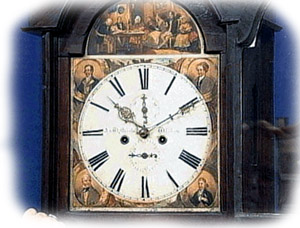 We even taught her to sing “Bayan Ko” (My Country) – just the chorus, though, the one that begins with “Ibong mang may layang lumipad…” Yes, really, seriously! Quite surprisingly, she learned to sing that song when she was only about 2 years old! Unfortunately, now she has difficulty recalling some of the words in that song, probably because she has learned many other songs, most of them from the daycare where she attends. I guess we should sing that song more often so she would never forget it.
We even taught her to sing “Bayan Ko” (My Country) – just the chorus, though, the one that begins with “Ibong mang may layang lumipad…” Yes, really, seriously! Quite surprisingly, she learned to sing that song when she was only about 2 years old! Unfortunately, now she has difficulty recalling some of the words in that song, probably because she has learned many other songs, most of them from the daycare where she attends. I guess we should sing that song more often so she would never forget it.
One of Aya’s favorites is “大きな古時計 Ooki na furudokei,” which is the Japanese version of the popular song “My Grandfather’s Clock.” Actually I was not even familiar with this song – this is not popular in the Philippines at all. But Aya loves singing it at home, and would even sing it to herself at times (just don’t call her attention because she would immediately stop if she notices that people are listening to her).
So I wondered about the origin of this song, and I found a rather interesting background here. According to Wikipedia:
There are two competing theories as to the origin of the song. The most common relates to a wayfarers’ inn in Piercebridge on the border of Yorkshire and County Durham called the George Hotel. The hotel was owned and operated by two brothers called Jenkins, and in the lobby was an upright longcase clock. The clock kept perfect time until one of the brothers died, after which it lost time at an increasing rate, despite the best efforts of the hotel staff and local clockmakers to repair it. When the other brother died, the clock stopped, never to go again. It is said that in 1875 Henry Clay Work visited the hotel and based My Grandfather’s Clock on the stories he heard there. It is said that the song is responsible for the common name “grandfather clock” for what are properly called “longcase clocks.”
Touching, isn’t it?
Anyway, without further ado, here is Aya’s version of “Ooki na furudokei.” In this audio clip, first you would hear her talking to me in Tagalog, then she would sing the song in Japanese. Towards the end, she said, “Thank you very much for Aya’s sing.” 😛 Ooops. I have yet to train her to speak grammatically correct English. Anyway, I’m sure you’ll enjoy the song. She did a pretty good performance! But of course, I’d say that because I’m her mom. 🙂
[podcast: “uploads/Podcast/1-28-07.mp3”]
Here are the lyrics in English.
My grandfather’s clock
Was too large for the shelf,
So it stood ninety years on the floor;
It was taller by half
Than the old man himself,
Though it weighed not a pennyweight more.
It was bought on the morn
Of the day that he was born,
And was always his treasure and pride;
But it stopped short
Never to go again,
When the old man died.
CHORUS:
Ninety years without slumbering,
Tick, tock, tick, tock,
His life seconds numbering,
Tick, tock, tick, tock,
It stopped short
Never to go again,
When the old man died.
In watching its pendulum
Swing to and fro,
Many hours had he spent while a boy;
And in childhood and manhood
The clock seemed to know,
And to share both his grief and his joy.
For it struck twenty-four
When he entered at the door,
With a blooming and beautiful bride;
But it stopped short
Never to go again,
When the old man died.
CHORUS
My grandfather said
That of those he could hire,
Not a servant so faithful he found;
For it wasted no time,
And had but one desire,
At the close of each week to be wound.
And it kept in its place,
Not a frown upon its face,
And its hand never hung by its side.
But it stopped short
Never to go again,
When the old man died.
CHORUS
It rang an alarm
In the dead of the night,
An alarm that for years had been dumb;
And we knew that his spirit
Was pluming his flight,
That his hour of departure had come.
Still the clock kept the time,
With a soft and muffled chime,
As we silently stood by his side.
But it stopped short
Never to go again,
When the old man died.
CHORUS
